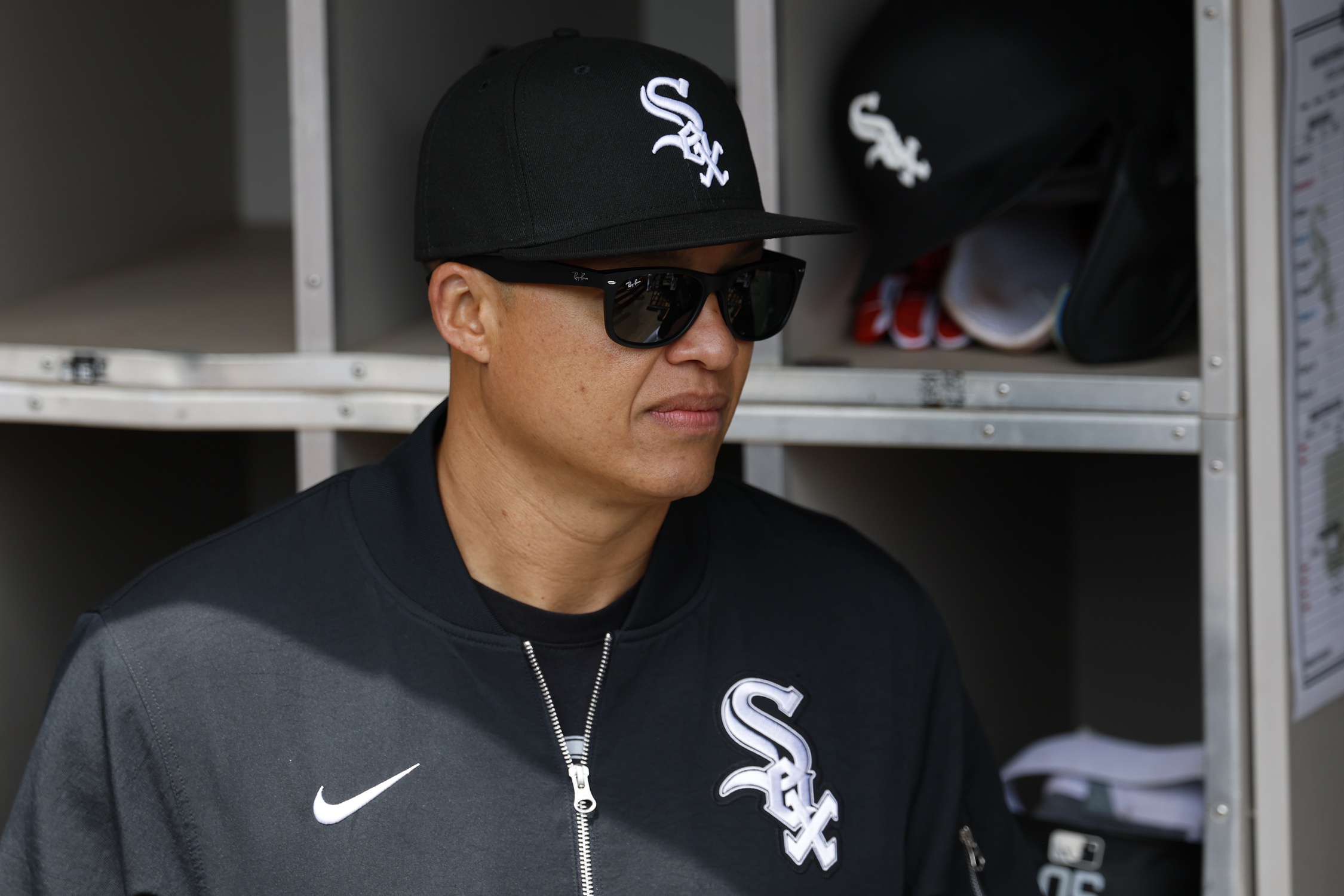PITTSBURGH -- When a long-ballyhooed prospect gets pulled out of action for a fortnight of intensive work with the team's director of hitting, and especially when he detonates Triple-A pitching upon his return, a whole suite of new swing mechanics are expected to emerge alongside him.
By Colson Montgomery's description of his Arizona sabbatical with Ryan Fuller, that was certainly considered at points. He stood on force plates to measure his ground pressure and had his swing captured from multiple camera angles, and experimented with multiple different stances that tried out starting him at various eye levels.
"We messed around with a lot of stuff but then we kind of went back to where I felt most comfortable and athletic," Montgomery said of his mechanics. "I really wouldn't say it was that much of a difference."
The pure results are that Montgomery hit .270/.353/.574 with eight home runs in 32 Triple-A game after his returning, flashing his huge raw power in concentrated bursts, and ultimately earning the big league call-up that many expected him to bash his way to a year earlier. But Montgomery would be the first to say that his swing isn't much different, if at all.
For over a year now, Montgomery himself has decried chasing power and pull-happiness as the main villain in his offensive profile. But as much as spinning off or losing his backside are visual elements that can be identified, Montgomery has come back from his work with Fuller talking about these things as symptoms of approach, which can be combatted by understanding his contact point and where his eyes are at when he's best identifying pitches.
If there's a big takeaway from his Arizona sabbatical, it's the quick-and-easy method for watching Montgomery hit that the man himself identified.
"When I stay tall, my head moves a lot less and I'm able to see the ball a lot better," Montgomery said. "My cue is just staying tall. When I stay tall, I leave those pitches that are down. Backfoot breaking balls, you kind of pick up right away because you're staying tall, you see them really early and you see them when they start down. It's also just being committed. Each at-bat you have to be committed to the fastball."
But longtime followers of the Montgomery saga already know that his 32-game Triple-A sample was not composed of consistent excellence, but rather flashes of dominance mixed with recurrences of the strikeout issues that earned him a plane ticket to Phoenix in the first place. Ultimately as time wore on, the White Sox justified their promotion of Montgomery with how reliably he became at pulling himself out of spirals, especially since his early-season slump was spurred by pressing.
"Early in the season I think he was trying to press and prove to everybody that he was ready to come up here," said assistant general manager Josh Barfield. "He’s done a really good job of slowing the game down. Some guys, when they get to the big leagues they just feel like they belong here. I’ve talked to a lot of guys that have come up here for the first time. A lot of good players, they felt like, ‘When I was in the minor leagues, I was grinding, but when I got up to the big leagues this is where I belonged,’ and they run from there. So far, it looks like that from our vantage point."
That would line up with Montgomery's larger assessment that the biggest impact of his time in Arizona was mental, crediting Fuller with giving him tools for not defining himself by results. After spending the early portions of the season hell-bent on proving himself ready for the majors, he cuts a more relaxed figure in a big league clubhouse, surrounded by peers who long expected him here.
"There’s a little bit of a freedom where he feels like he’s gotten to the spot he needs to be," said Will Venable. "Certainly performance-wise he wants to continue to get better. But I think it’s a big sigh of relief to be here and he feels like he belongs, looks like he belongs, goes about his business like a major leaguer. It has been different than what we saw with the guy coming in [to spring training] trying to make a team and all the pressures you put on yourself with that. We’ve seen a much more free Colson and it’s showing up in the field."
At a .263/.364/.345 line through 45 plate appearances, a .400 BABIP is helping Montgomery hold his own offensively. As could have been anticipated, his strikeout rate is hovering near 30 percent (28.9). Less expected is that his offense has been palatable in his first brush with big league pitching without his most marketable skill -- 70-grade left-handed juice -- having much in-game impact. And that the infield defense that used to be biggest question in his profile has graded out as plus so far, which goes a long way in lengthening the runway Montgomery has to continue to figure things out at the plate.
Now more than ever, he talks like someone prepared for that to be a gradual process. More so than that being the product of a trip to Arizona, or a specific player development decision, Montgomery views it as a product of experience. Ideally, the hard times will have a long-term benefit.
"Because I've gone through it," Montgomery said. "I've been through the ups and downs. They've definitely helped out with trying to keep a level head, trying to stay neutral with it all. Especially with this game, the higher you go up in levels, the competition keeps getting better so you're trying to find little wins and things like that. Just take it each at-bat at a time."






